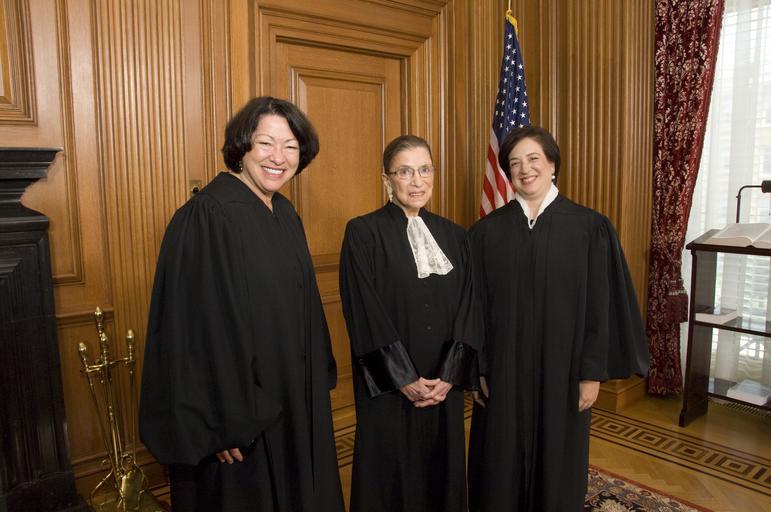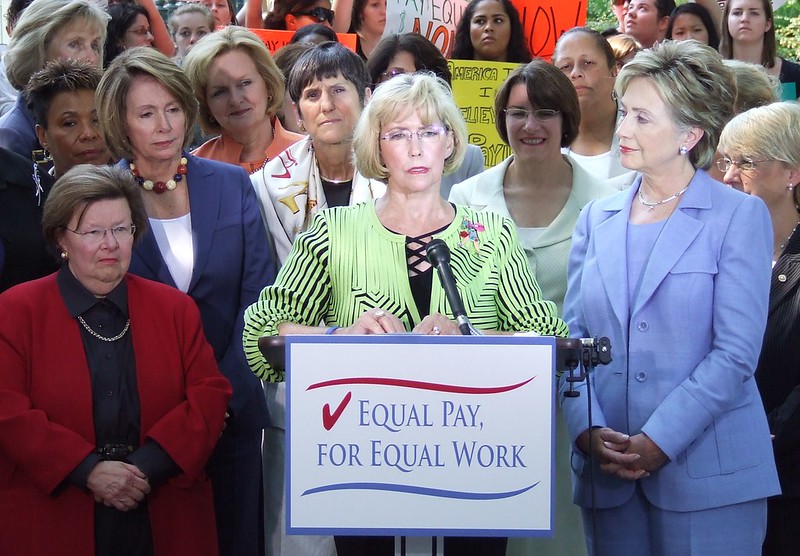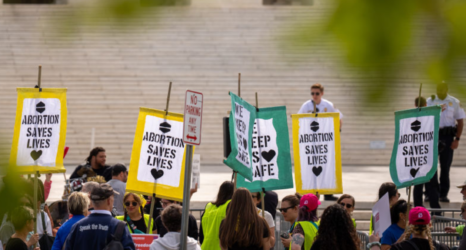Women make up 51 percent of the population but a mere 33 percent of our federal judges. We still have so much work to do.

We need more women serving as federal judges who have fought for women’s rights.
As we reflect on Women’s History Month and prepare for President Biden’s first slate of judicial nominees, that’s one of the most obvious and resounding conclusions one can draw.
Courts have been vital to advancing women’s equality—often in spite of how minimal their representation on the courts has been. But as conservatives have worked for decades to take over the courts with judges who eschew civil rights in favor of protecting the wealthy and powerful, the courts cannot be counted upon to always protect women’s rights, from their reproductive freedom to their personal safety.
Biden has a key opportunity to mitigate the damage from that conservative takeover. It’s encouraging that during his campaign, he promised he would appoint a woman of color to the Supreme Court. But such consideration must extend to the lower courts as well, including prioritizing appointing women and ensuring that any judge nominated has a demonstrated commitment to advancing the rights for all people, including women.
Since the 1970’s, federal court rulings have played an important role in extending legal rights and protections to women, but one wonders how much more quickly progress would have advanced had there been women on the bench. The powerful stories, for example, of how Ruth Bader Ginsburg fought to have courts recognize and reject sex discrimination are compelling specifically because Ginsburg was an underdog fighting courts populated entirely by men. And who can forget the five men on the Supreme Court telling Lily Ledbetter in 2007 that she didn’t deserve equal pay simply because the discrimination against her had been ongoing for decades without her knowledge?

Since 1789, 3,338 men have served as federal judges or justices and only 463 women. Only five of our nation’s 115 Supreme Court justices have been women. Currently, there are 264 women actively serving on our federal courts, compared to 538 men. Women make up 51 percent of the population but a mere 33 percent of our federal judges. We still have so much work to do.
Being a woman does not guarantee that a judge will always rule in women’s favor. Justice Amy Coney Barrett, President Trump’s 11th-hour Supreme Court appointee, is a prime example of a woman with a storied record of opposing civil rights and reproductive freedom. But examples like Barrett prove the point of why we need to prioritize correcting the balance. We need enough women on the courts to ensure that people like Barrett truly are exceptions—exceptions specifically selected because of their allegiance to conservative values.
This is a point within a larger conversation we’ve been advancing at Alliance for Justice about the importance of expanding demographic and professional diversity on the bench. Yes, we need more women judges, more BIPOC judges, more religious minority judges, more LGBTQ judges, and especially more judges whose identities intersect multiple of these identities. But we also need judges who understand how the law impacts women so that when they enter the courtroom, they have a fair chance before someone who hasn’t only been on the side of the wealthy and powerful.
As part of our Building the Bench initiative to recommend prospective judges to the Biden administration, we prioritized looking for diverse backgrounds that included experience working for legal aid groups, serving as public defenders, and fighting to advance civil rights in the courts. We believe that when the people empowered to administer justice understand the fight for justice, they can administer it more justly.
We can’t wait to make this change. Trump’s judges brought terrible records with them to the bench that endanger the lives of women. In addition to their consistent opposition to reproductive justice, there are judges on the bench who oppose access to contraception, who oppose the Violence Against Women’s Act, who blame sexual assault victims for their experiences, and who are prepared to dismantle health care protections for women. They will serve on the courts for decades, and we must dilute their impact immediately.
Justice Ginsburg famously said there won’t be enough women on the Supreme Court until there are nine to rival the nearly two centuries when only men served as justices. This Women’s History Month is the perfect opportunity for Biden to begin realizing that dream across all our federal courts.
When we look to how the courts have advanced women’s rights, we should increasingly be able to find it was women themselves who were responsible.
Up next:





